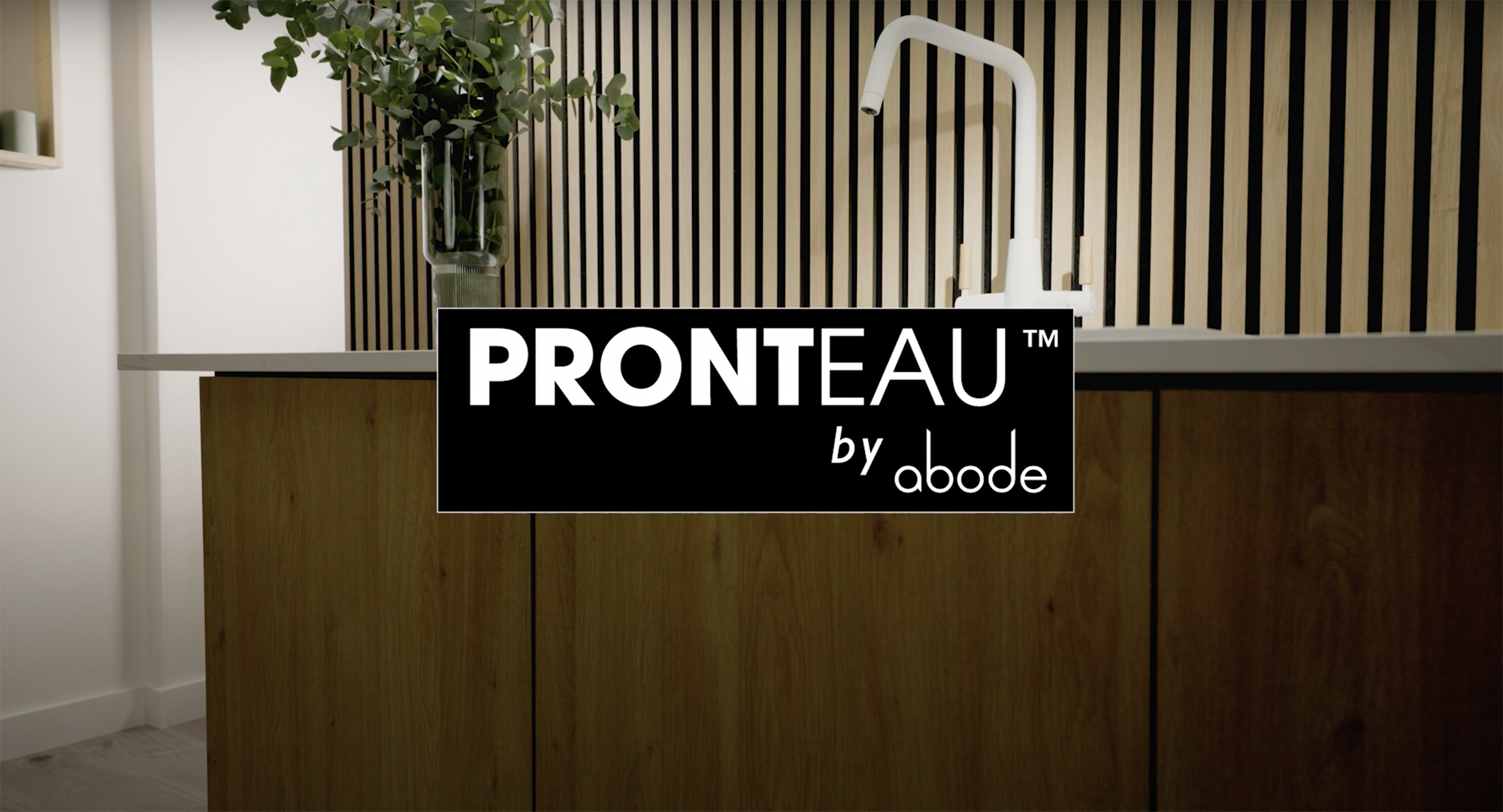Unisex bathrooms – love or hate the idea – is a rising trend we can’t ignore and a positive opportunity for the industry, says chief executive of the Bathroom Manufacturers Association (BMA) Yvonne Orgill.
Everyone seems to have a view about gender neutral loos. Hardly surprising, it’s a divisive issue, but one that is unlikely to go away. Reflecting changing attitudes to gender equality and choice in our wider society, the move towards unisex facilities in public spaces is founded as much on politics as practicalities.
For the growing trans-gender community, unisex bathrooms remove the potential embarrassment of being told that they are not welcome in their chosen gender WC and for people who need to visit a public lavatory with someone of the opposite gender – for example, a disabled person with a carer or a child with a parent – the benefits are obvious. For others – such as women of certain religions – a mixed facility is simply not acceptable.
Sponsored Video
However, from a practical point of view, unisex bathrooms offer an excellent solution to the age-old problem, recognised by women everywhere, of having to queue to use the loo.
Addressing imbalance
In a recent survey, 59% of women said they regularly stand in line for the loo, compared with 11% of men – this is the imbalance leading the ladies to demand so-called ‘potty parity’. The fact is that while women spend longer in the bathroom and need to pay a visit more often too, the space allocated for ‘Ladies’ and ‘Gents’ in public buildings tends to be the same.
Channel 4, the Barbican and Lancaster University are among those embracing the idea of unisex bathrooms and have taken a good deal of flak for their trouble. Although women are keen to have equal access to loos, many see the ‘Ladies’ as a safe space and feel horrified at the idea of sharing with men. Feedback from the Barbican suggests that women particularly tend to avoid a unisex bathroom with urinals, preferring stalls only.
Saving space
A single unisex bathroom rather than separate WCs makes best use of valuable space, ideally with a mix of stalls and discreetly screened urinals that reduce waiting time for both women and men, provides women with required privacy, and avoids unhygienic splashing on seats!
Despite the continued reservations, it seems likely that gender neutral WCs will become increasingly common in the future, which is good news for bathroom manufacturers. London’s Mayor Sadiq Khan has announced new plans to increase the number of gender-neutral toilets in the capital to reflect the diversity of the city; guidelines point to the inclusion of unisex toilets in new commercial developments, including shopping centres, cinemas and sporting facilities.
Clearly this is an important topic and an issue on which our industry must be seen to be taking a lead. As the independent voice of the bathroom industry, we at BMA are working to encourage wider debate and asking how can bathroom manufacturers best meet the challenge by way of innovation to help deliver the balance of equality of access to bathrooms for all while protecting people’s privacy?



